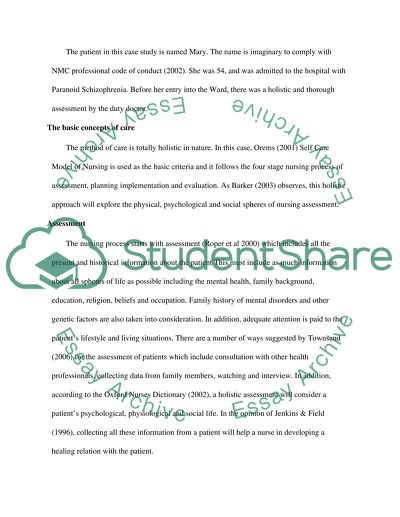Cite this document
(“Nursing care given to a patient with paranoid schizophrenia Essay”, n.d.)
Retrieved from https://studentshare.org/nursing/1409106-case-study
Retrieved from https://studentshare.org/nursing/1409106-case-study
(Nursing Care Given to a Patient With Paranoid Schizophrenia Essay)
https://studentshare.org/nursing/1409106-case-study.
https://studentshare.org/nursing/1409106-case-study.
“Nursing Care Given to a Patient With Paranoid Schizophrenia Essay”, n.d. https://studentshare.org/nursing/1409106-case-study.


